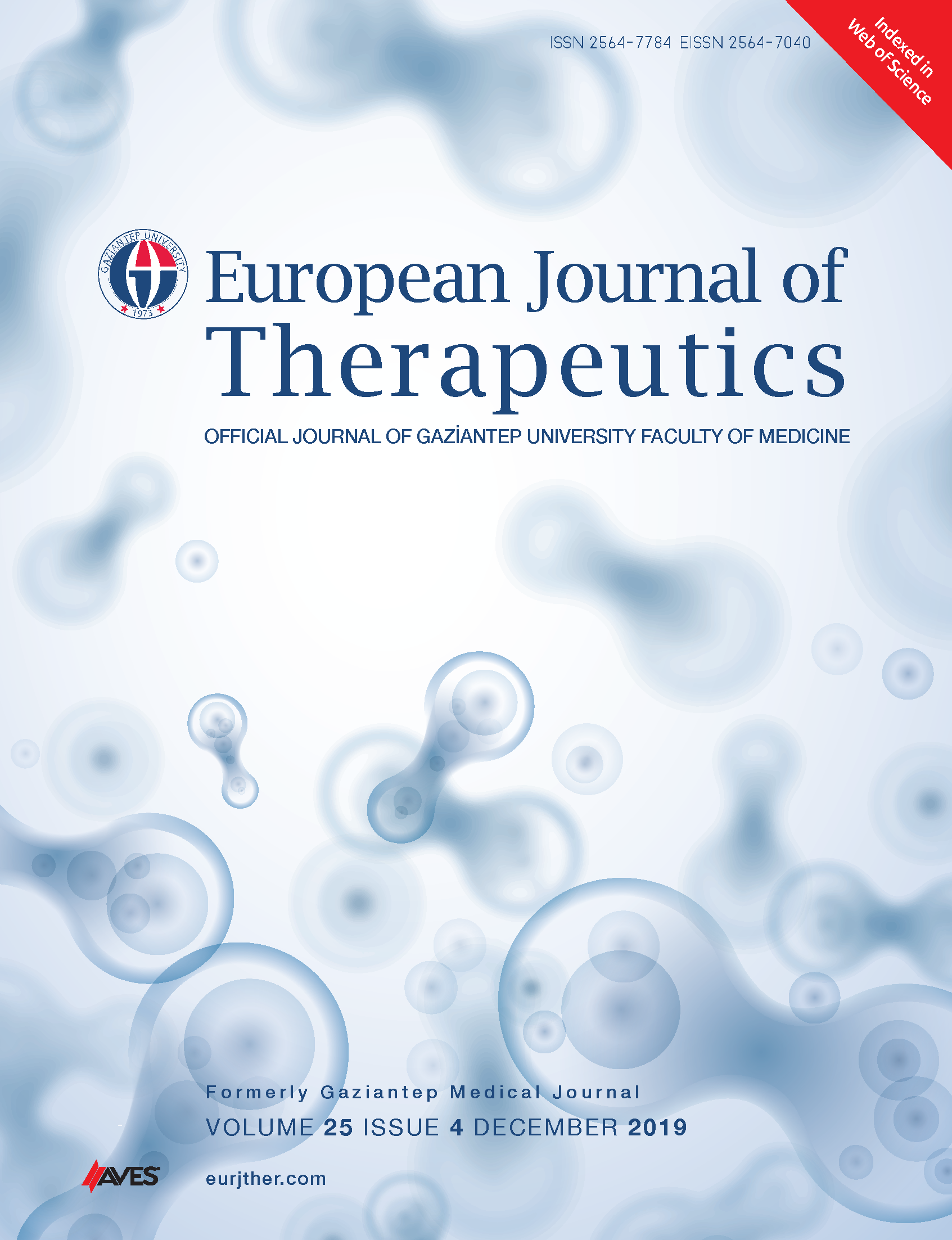Two Cases of Menkes Disease Diagnosed with Hair Findings and Novel Mutation
DOI:
https://doi.org/10.5152/EurJTher.2018.808Keywords:
Genetic, hair, hypotonia, Menkes diseaseAbstract
Menkes disease is a rare neurodegenerative disorder. Its clinical signs and symptoms appear due to a defect in copper metabolism. Its clinical manifestation is marked by pili torti and trichorrhexis nodosa, which are the disease-specific hair findings. Additionally, neurological signs may occur, such as hypotonia and convulsions. Detection of a mutation affecting the P-type ATPase gene is highly specific. The lack of an effective treatment modality has increased the importance of prenatal diagnosis and genetic counseling. Here, we report two patients who were diagnosed with Menkes disease by virtue of hair findings and genetic studies while being tested for hypotonia. One of the patients was detected to have a novel mutation.
Metrics
References
Culotta VC, Gitlin JD. Disorders of copper transport. In: Scriver CR, Beaudet AL, Sly WS, Walle D (eds). The Metabolic and Molecular Bases of Inherited Disease (8th ed). New York: McGraw Hill Inc 2001: 3105-26.
Menkes JH. Kinky hair disease. Pediatrics 1972; 50: 181-3.
Ahmed MI, Hussain N. Neuroimaging in Menkes disease. J Pediatr Neurosci 2017; 12: 378-82.
Kodama H, Fujisawa C, Bhadhprasit W. Pathology, clinical features and treatments of congenital copper metabolic disorders-Focus on neurologic aspects. Brain Dev 2011; 33: 243-51.
Kaler SG, Holmes CS, Goldstein DS, Tang J, Godwin SC, Donsante A, et al. Neonatal diagnosis and treatment of Menkes disease. N Engl J Med 2008; 358: 605-14.
Barnes N, Tsivkovskii R, Tsivkovskaia N, Lutsenko S. The copper-transporting ATPases, menkes and wilson disease proteins, have distinct roles in adult and developing cerebellum. J Biol Chem 2005; 280: 9640-5.
Downloads
Published
How to Cite
Issue
Section
License
Copyright (c) 2023 European Journal of Therapeutics

This work is licensed under a Creative Commons Attribution-NonCommercial 4.0 International License.
The content of this journal is licensed under a Creative Commons Attribution-NonCommercial 4.0 International License.


















